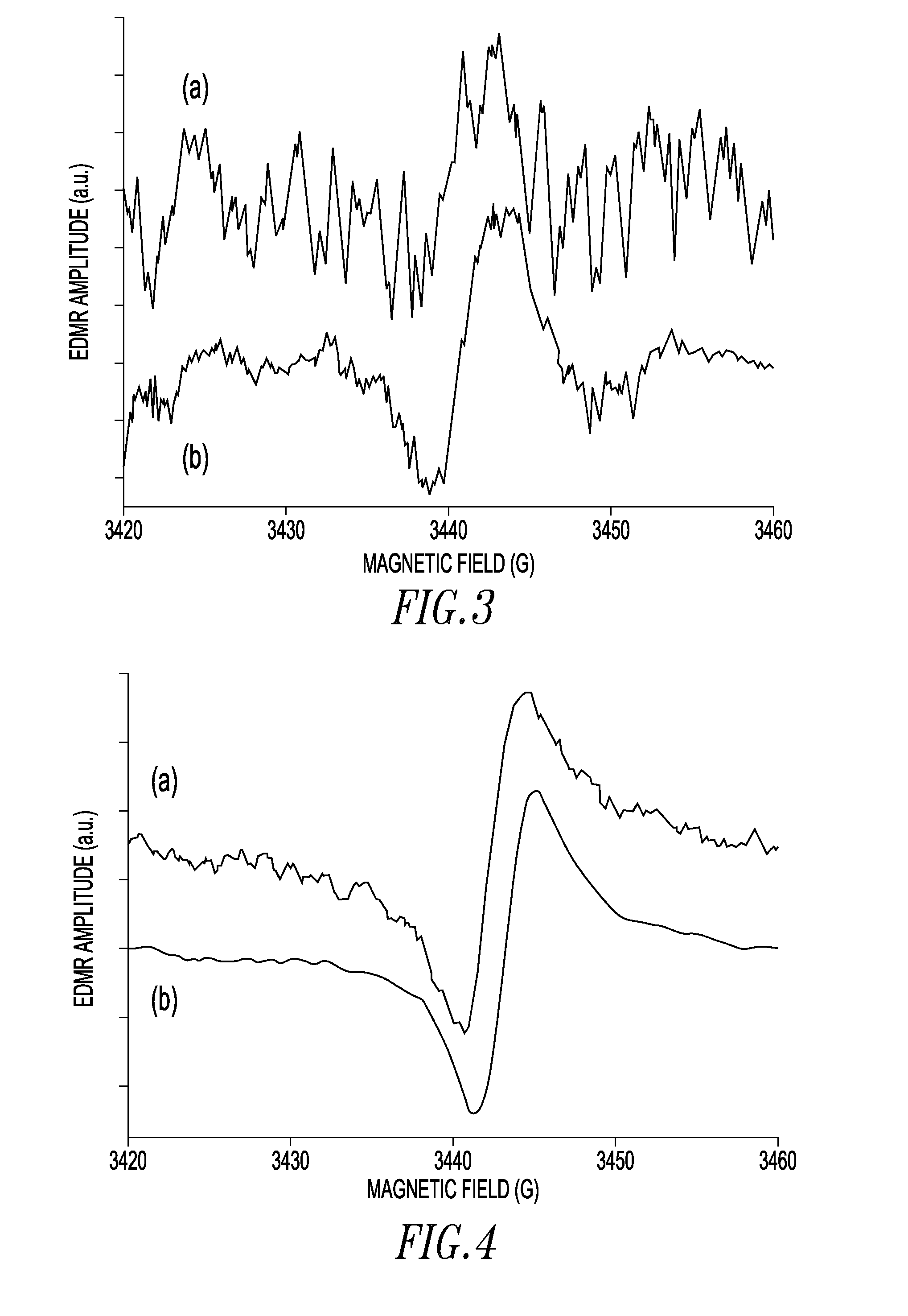Adaptive Signal Averaging Method Which Enhances the Sensitivity of Continuous Wave Magnetic Resonance and Other Analytical Measurements
a continuous wave magnetic resonance and sensitivity technology, applied in the field of signal processing techniques, can solve the problems of insufficient sensitivity edmr to detect a single spin, noise is the undesirable component of the total signal, and measurement becomes meaningless, so as to reduce noise and less noise
- Summary
- Abstract
- Description
- Claims
- Application Information
AI Technical Summary
Benefits of technology
Problems solved by technology
Method used
Image
Examples
Embodiment Construction
[0024]We provide a real time exponentially weighted recursive least squares adaptive signal averaging technique which greatly decreases the amount of time needed for signal averaging of continuous wave magnetic resonance measurements. The technique provides a very low cost means to achieve a quite significant improvement in signal to noise ratio and data acquisition time. We demonstrate the utility of the technique with very sensitive ESR measurements using electrically detected magnetic resonance (EDMR) via spin dependent recombination (SDR) in individual transistors. However, we emphasize that the invention should be widely applicable in continuous wave magnetic resonance measurements. In addition, the method should be useful in enhancing any analytical measurement in which a repeatable signal is partly or completely obscured by noise in a single measurement.
[0025]We performed our measurements demonstrating the invention on 4H SiC lateral n-channel MOSFETs. These devices had a gat...
PUM
 Login to View More
Login to View More Abstract
Description
Claims
Application Information
 Login to View More
Login to View More - R&D
- Intellectual Property
- Life Sciences
- Materials
- Tech Scout
- Unparalleled Data Quality
- Higher Quality Content
- 60% Fewer Hallucinations
Browse by: Latest US Patents, China's latest patents, Technical Efficacy Thesaurus, Application Domain, Technology Topic, Popular Technical Reports.
© 2025 PatSnap. All rights reserved.Legal|Privacy policy|Modern Slavery Act Transparency Statement|Sitemap|About US| Contact US: help@patsnap.com



